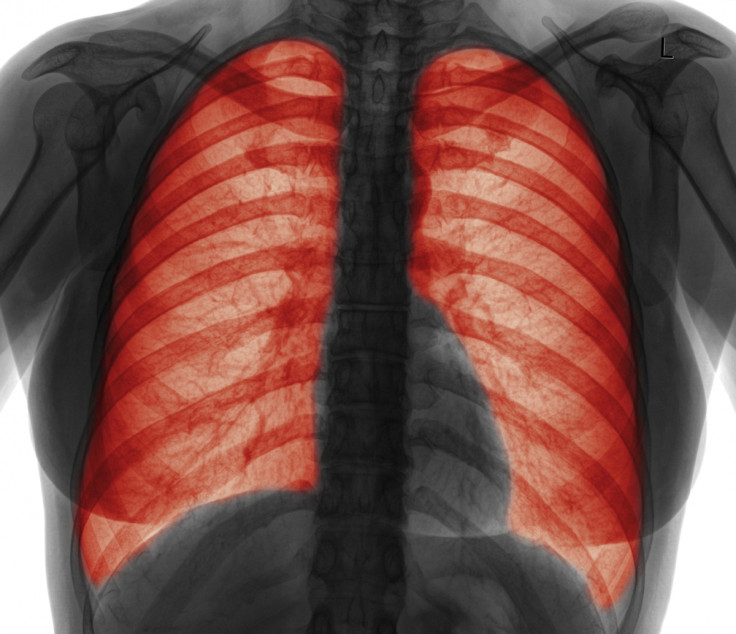Cystic fibrosis: Nanoparticle penetrates mucus to deliver drugs to deep airways
Particle could be used to treat lung diseases including CF and asthma by getting drugs to the target tissues.

Nanoparticles that can pass through mucus barriers seen in conditions such as cystic fibrosis (CF) and asthma have been created by scientists. The particles could be used to treat these conditions by delivering drugs into deep airways, where current therapies struggle to reach.
Lung diseases such as CF are difficult to treat because of the accumulation of mucus that clog the airways. This means drugs cannot be delivered to the affected tissues effectively.
Scientists have been exploring the potential for mucoadhesive particles (MAP) to be used as they stay in the lungs longer – sticking to the surface. However, this method has shown limited success because of mucus clearance mechanisms in the body.
Instead, researchers led by Craig Schneider from Johns Hopkins University School of Medicine have now looked at another method – mucus-penetrating particles (MPP). Instead of sticking to the surface, these particles can pass through mucus layers, meaning they can be better delivered to the affected areas.
In a study published in the journal Science Advances, researchers created nanoparticles from biodegradable components. In mice, they showed these particles could pass through the mucus to reach their target tissues, and stay in the lungs far better.
They stayed in the lungs for several hours after being administered and when used to deliver anti-asthma drugs to mice, research showed they were more effective at alleviating irritation than the MAP. This could, they say, result in a better way of delivering drugs – and maintaining them – to tissues affected by these diseases.
"MPP were uniformly distributed throughout the airway mucus layer and exhibited improved retention, resulting in improved therapeutic efficacy compared to carrier-free drug and drug delivered by a MAP formulation," they wrote. "These findings suggest that MPP ... provide an attractive alternative to the use of MAP to enhance pulmonary delivery of therapeutics."
© Copyright IBTimes 2025. All rights reserved.






















